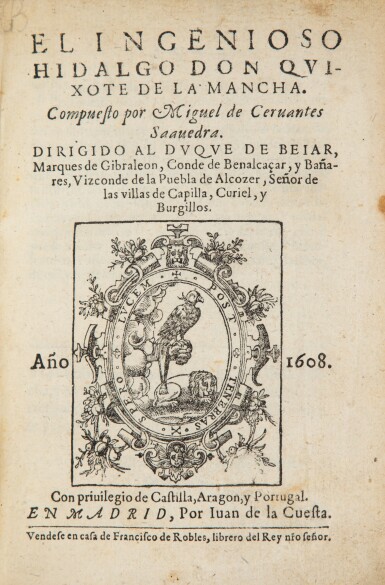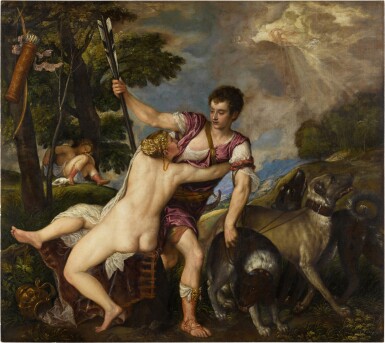1,752cc DOHC Supercharged Inline 6-Cylinder Engine Single Dual-Throat Memini Carburetor 85bhp at 4,500rpm 4-Speed Manual Transmission 4-Wheel Drum Brakes *Superior example of the legendary 6C 1750 Zagato Spider *Unparalleled authenticity with original body, engine and driveline *Outstanding 100-point restoration by the renowned Stephen Babinsky *Shown at Pebble Beach, Amelia Island and Villa d'Este Concours *Successfully completed the 2013 Mille Miglia The Alfa Romeo 6C 1750 'The 1750, and for that matter the 1500... must be among the finest ever made both from the point of view of engineering and driver satisfaction' - Michael Frostick, Alfa Romeo-Milano. It was in 1923 that Enzo Ferrari, persuaded Vittorio Jano to leave FIAT's racing department and join him at Alfa Romeo. One of the most gifted and influential automobile engineers of all time, Jano would not only supervise Alfa Romeo's Grand Prix racing program but also design its road cars. This happy state of affairs resulted in the latter emerging as some of the most exciting of their day, establishing the Milanese marque's reputation for producing sporting driver's cars second to none. A logical derivative of the Tipo 6C 1500, itself directly descended from Jano's all-conquering P2 that had won the World Championship in 1925, the Tipo 6C 1750 arrived in 1929 boasting a derivative of the 1500's six-cylinder engine, enlarged to 1,752cc. Built in single-cam Turismo and twin-cam Sport (later renamed Gran Turismo) variants, the 6C 1750 was an exciting fast sports car combining light weight with sparkling performance. The chassis, also a product of Jano's thoughts applied to a clean sheet of paper, was low and lightweight, featuring semi-elliptical springs that passed through the front axle. The 6C 1750 would go on to be victorious over much larger and more powerful machinery, the triumph of balance, quickness and almost thought-control responsiveness over ponderous leviathans. The 1750's sporting career, aided by its mechanical longevity, extended far beyond its production, amassing countless wins, including 1-2-3 finishes in the Mille Miglia, and top results at Targa Florio, the Tourist Trophy and Spa 24 Hours in 1930. Nuvolari, Marinoni, Campari and Varzi all recorded successes in Vittorio Jano's "light car" and the model is, quite simply, a legend. Zagato and Alfa Romeo Now in its 95th year, Zagato has rightfully earned its existence as one of very few surviving coachbuilding houses. That it has persisted where others did not can almost certainly be attributed to the fact that its designs have always been fresh, different and of the very finest quality. And in what may be the ultimate expression of life imitating art, even today, founder Ugo Zagato's name sounds exciting, edgy and modern. Pioneering designs such as the solution to increasing localized head room by creating twin roof bulges brought the expression 'Double Bubble' into existence, a rare example of the coachbuilder creating a hallmark that extends beyond the car brand. While other houses also created incredible designs for various car manufacturers, frequently in today's collector car market it is the combination of Zagato with the brand that is most prized. It is never more so than when one considers pre-war Alfa Romeos and particularly the 1750. Amazingly, the company was in its relative incubation when these coveted cars were built, and similarly to Gabriel Voisin, Zagato's skills had been acquired while building fighter aircraft for the Italian Air Force. In transferring these principles to roadgoing machinery he created automobile bodies that were as light as they were beautiful. His attention to detail was legendary, his bodies were costly, and when a wealthy Milanese family took Zagato to court on the grounds that their son had been "mad" to order a "shockingly expensive" Zagato-bodied 8C2300 Alfa, the judge rejected their claim on the grounds that "the search for beauty is a most normal thing in a man"
1,752cc DOHC Supercharged Inline 6-Cylinder Engine Single Dual-Throat Memini Carburetor 85bhp at 4,500rpm 4-Speed Manual Transmission 4-Wheel Drum Brakes *Superior example of the legendary 6C 1750 Zagato Spider *Unparalleled authenticity with original body, engine and driveline *Outstanding 100-point restoration by the renowned Stephen Babinsky *Shown at Pebble Beach, Amelia Island and Villa d'Este Concours *Successfully completed the 2013 Mille Miglia The Alfa Romeo 6C 1750 'The 1750, and for that matter the 1500... must be among the finest ever made both from the point of view of engineering and driver satisfaction' - Michael Frostick, Alfa Romeo-Milano. It was in 1923 that Enzo Ferrari, persuaded Vittorio Jano to leave FIAT's racing department and join him at Alfa Romeo. One of the most gifted and influential automobile engineers of all time, Jano would not only supervise Alfa Romeo's Grand Prix racing program but also design its road cars. This happy state of affairs resulted in the latter emerging as some of the most exciting of their day, establishing the Milanese marque's reputation for producing sporting driver's cars second to none. A logical derivative of the Tipo 6C 1500, itself directly descended from Jano's all-conquering P2 that had won the World Championship in 1925, the Tipo 6C 1750 arrived in 1929 boasting a derivative of the 1500's six-cylinder engine, enlarged to 1,752cc. Built in single-cam Turismo and twin-cam Sport (later renamed Gran Turismo) variants, the 6C 1750 was an exciting fast sports car combining light weight with sparkling performance. The chassis, also a product of Jano's thoughts applied to a clean sheet of paper, was low and lightweight, featuring semi-elliptical springs that passed through the front axle. The 6C 1750 would go on to be victorious over much larger and more powerful machinery, the triumph of balance, quickness and almost thought-control responsiveness over ponderous leviathans. The 1750's sporting career, aided by its mechanical longevity, extended far beyond its production, amassing countless wins, including 1-2-3 finishes in the Mille Miglia, and top results at Targa Florio, the Tourist Trophy and Spa 24 Hours in 1930. Nuvolari, Marinoni, Campari and Varzi all recorded successes in Vittorio Jano's "light car" and the model is, quite simply, a legend. Zagato and Alfa Romeo Now in its 95th year, Zagato has rightfully earned its existence as one of very few surviving coachbuilding houses. That it has persisted where others did not can almost certainly be attributed to the fact that its designs have always been fresh, different and of the very finest quality. And in what may be the ultimate expression of life imitating art, even today, founder Ugo Zagato's name sounds exciting, edgy and modern. Pioneering designs such as the solution to increasing localized head room by creating twin roof bulges brought the expression 'Double Bubble' into existence, a rare example of the coachbuilder creating a hallmark that extends beyond the car brand. While other houses also created incredible designs for various car manufacturers, frequently in today's collector car market it is the combination of Zagato with the brand that is most prized. It is never more so than when one considers pre-war Alfa Romeos and particularly the 1750. Amazingly, the company was in its relative incubation when these coveted cars were built, and similarly to Gabriel Voisin, Zagato's skills had been acquired while building fighter aircraft for the Italian Air Force. In transferring these principles to roadgoing machinery he created automobile bodies that were as light as they were beautiful. His attention to detail was legendary, his bodies were costly, and when a wealthy Milanese family took Zagato to court on the grounds that their son had been "mad" to order a "shockingly expensive" Zagato-bodied 8C2300 Alfa, the judge rejected their claim on the grounds that "the search for beauty is a most normal thing in a man"





.jpg)

.jpg)





Testen Sie LotSearch und seine Premium-Features 7 Tage - ohne Kosten!
Lassen Sie sich automatisch über neue Objekte in kommenden Auktionen benachrichtigen.
Suchauftrag anlegen